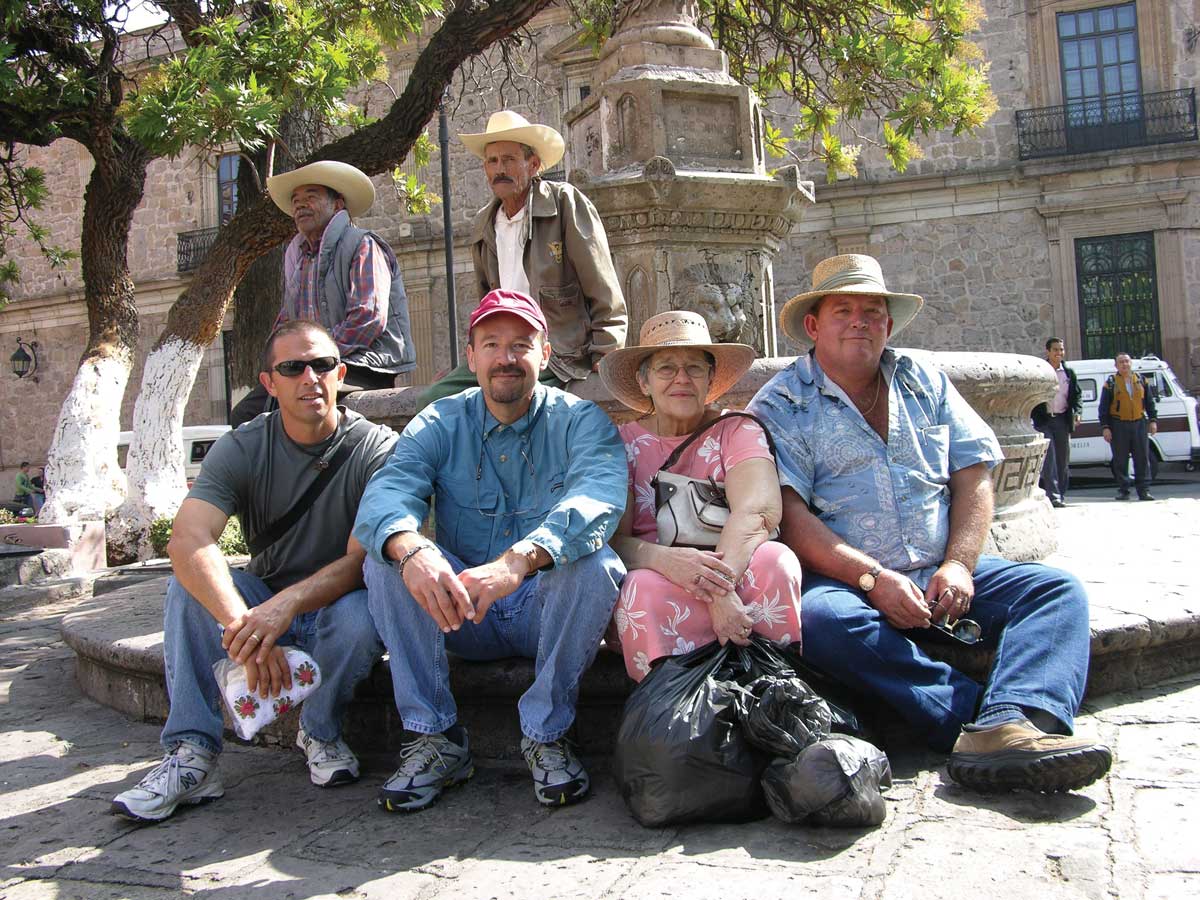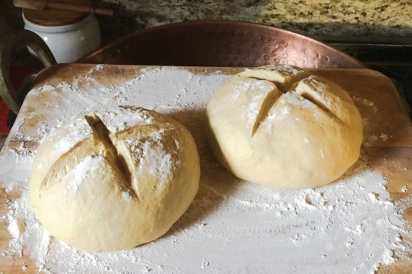Mangos Her Way
I grew up in a mango household. My father created and oversaw the mango collection at the University of Florida in Homestead and was an integral part of the creation of the export mango industry in the Western Hemisphere. My mother would peel, dice, freeze and dry mangos.
I came to learn about mangos by eating as many different varieties as I could. My horticultural education, both formally and informally, was based on the mango. It has been much more than a paycheck. It was a way of life that connected me to my parents and later to my wife and children, the Mango Men.
My mother, Becky Campbell, was a big part of this education. It took a lot to rattle this woman. She walked away from a promising academic career to become a world-class cook for a family of six, and a homemaker on her own terms. Nothing was done for the bright lights or for the public. It was for my father, brothers and sisters. There was never regret or envy, only pride in a job well done.
No one comes close to her in the use and understanding of the mango. For years, I tried for years to get her to write her views on the mango and its uses in the South Florida edible landscape, but, alas, she preferred to regale with dry wit and story. “Mangos My Way” was the title I gave the tome she never wrote.
Mango Wisdom
Each year in South Florida, the mango season comes. There’s a bloom, a mango set, a fruit drop and then the ripening of thousands of fruit in the heat of summer. When the harvest comes, we will be overwhelmed by the sheer volume of fruit. There will be festivals and manias. A never-ending parade of helpful souls will offer advice and marketing prowess. This is when I harken back to my mother’s words of wisdom: “Grab a bowl, a bucket, a box or any vessel with which to carry and bring me some mangos.” The ominous pile of fruit, ever-growing and weighing on our minds, would be reduced pit by pit.
Although she was an excellent chef, my mother did not believe in using mangos in cooking. No mango brunches or lunches for her. Instead, her focus was on the pedestrian and efficient use and storage of the fruit. Ripe mangos were cubed and frozen for later use in juices, or late-night snacks with ice cream or yogurt. They were pureed and frozen for toppings on her signature baked goods. They were dehydrated by the bushel for snacks and made into mango leather. The ingredient list was short: mango. No added sugar, spice, preservative. My mother believed the mango needed no help.
Just Mango
In my home and my private life, I have tried to honor the high standard of mangos for the sake of mangos. Keep them warm, eat them unadulterated and don’t waste anything. In my professional career, I have made some concessions. But in my home, with my family, it has always been on my terms. We dehydrate many a bushel of mangos every week. We dice and freeze, make jams and preserves, always with a minimum of processing. It is paramount to pick the right variety and maintain its character: ‘Cambodiana’ and ginger jam, ‘Nam Doc Mai’ and coconut leather, ‘Coconut Cream’ granola, ‘Orange Sherbet’ dried mango.
My only transgression is my breadmaking during mango season. As the temperatures rise and the mangos ripen, I substitute mango juice for water in my yeast culture and sometimes my finished dough. The yeast culture dates back nearly 30 years to a kibbutz on the north shore of Lake Kinneret in Israel. The yeast uses the mango pulp as food and creates a unique flavor that’s not mango, but it is pleasant and speaks to summer. The loaves made with mango-fed sponge are softer due to the sugar and have a rich orange caramel color, pairing well with strong cheeses and with bold red wines.
I can forgive myself for this small departure from my mother’s teachings. Days before her death, she confided to me that baking with mango like that was not “her” way. It was a bit impetuous. But … it was all right for me. I was the student and she the teacher until the very end.
Perhaps that was the greatest lesson of all. The mango had to be the mango. I had to be me. With time, my impetuous nature could evolve into a harmony with the mango.







